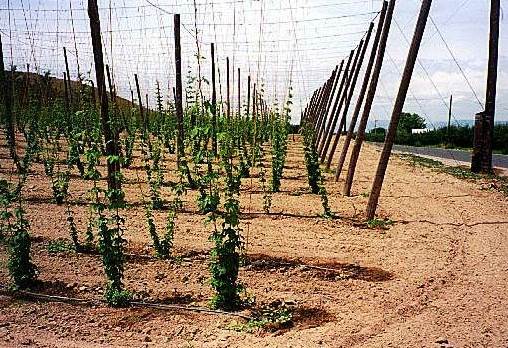Irrigators coming together to pay for Yakima watershed projects
Ron Van Gundy
Their response: switch from flooding fields with water to installing sprinkler and drip irrigation to prevent sediment runoff and pesticide pollution to the Yakima River. The benefits of their actions were twofold — an 85 percent improvement in water quality and conservation of tens of thousands of acre-feet of water precious to the agricultural economy in the face of drought and climate change.
Cooperation, not fighting
Today, those same irrigators with their once adversaries are helping to implement one of the nation’s largest water and environmental enhancement projects under the Yakima Basin Integrated Water Resources Management Plan.
The goal: to meet water needs for families, farms, forests and fish without fighting. The efforts begun decades ago helped irrigators get through the drought of 2015 and set the stage for success through the Yakima Basin Integrated Plan.
Where factions have traditionally lawyered up and met only in the courtroom, these same parties, known collectively as the Yakima River Basin Water Enhancement Project Workgroup, log many miles together pitching their approach to state legislators at home and Congressmen on the Hill in Washington, D.C. They’ve gained recognition in the halls of the U.S. Department of Interior and U.S. Department of Agriculture, where WaterSMART watershed management approaches are touted.
Plan gaining national attention
Drip irrigation conserves water, improves water quality
In an innovative agreement, farmers have joined with environmental groups, the Yakama Nation, state and federal officials to both increase water availability and restore the natural landscape,” writes Zack Colman in the CSM article.Although the plan focuses on just one section of the state, it is an agriculturally significant one – the Yakima Basin. And it’s comprehensive: The plan includes voluntary conservation programs, building new water-storage reservoirs, and adding structures to dams that would help fish seek cooler waters as they migrate upstream.... Many water experts say the fledgling accord could be a model largely because farmers themselves have agreed to pay for investments that promise to enable their water needs to be met alongside those of city dwellers and endangered salmon.
Interest from D.C.
Sockeye salmon
A creative financial approach
“There are a surprisingly large number of private (investors) who want to make investment in infrastructure projects that have ecosystem benefits.”Working with the investment center would help the local irrigation districts connect with those investors, who would loan money to the pumping plant project for both a return on investment and the opportunity to demonstrate their support for water-smart projects, Revell said.
State and federal investments
Our Office of Columbia River helped spearhead development of the plan with the U.S. Bureau of Reclamation, beginning in 2009 by bringing once-adversarial water users together. So far, the state has invested as much as $140 million for integrated plan projects.Reclamation has contributed approximately $78 million, and other federal agencies participating have contributed approximately $167 million to projects consistent with Integrated Plan in the Yakima Basin.
In the U.S. Senate and House, Washington legislators are promoting a compromise bill that would jumpstart funding of the 30-year watershed plan at the federal level by as much as $92 million.
For Ron VanGundy, it may have taken 30 years to get here. But he has always been forward thinking. “The people we were working with back then were working for something they would never see. They knew it was important then. And it’s just as important now.”
Yakima River Canyon





